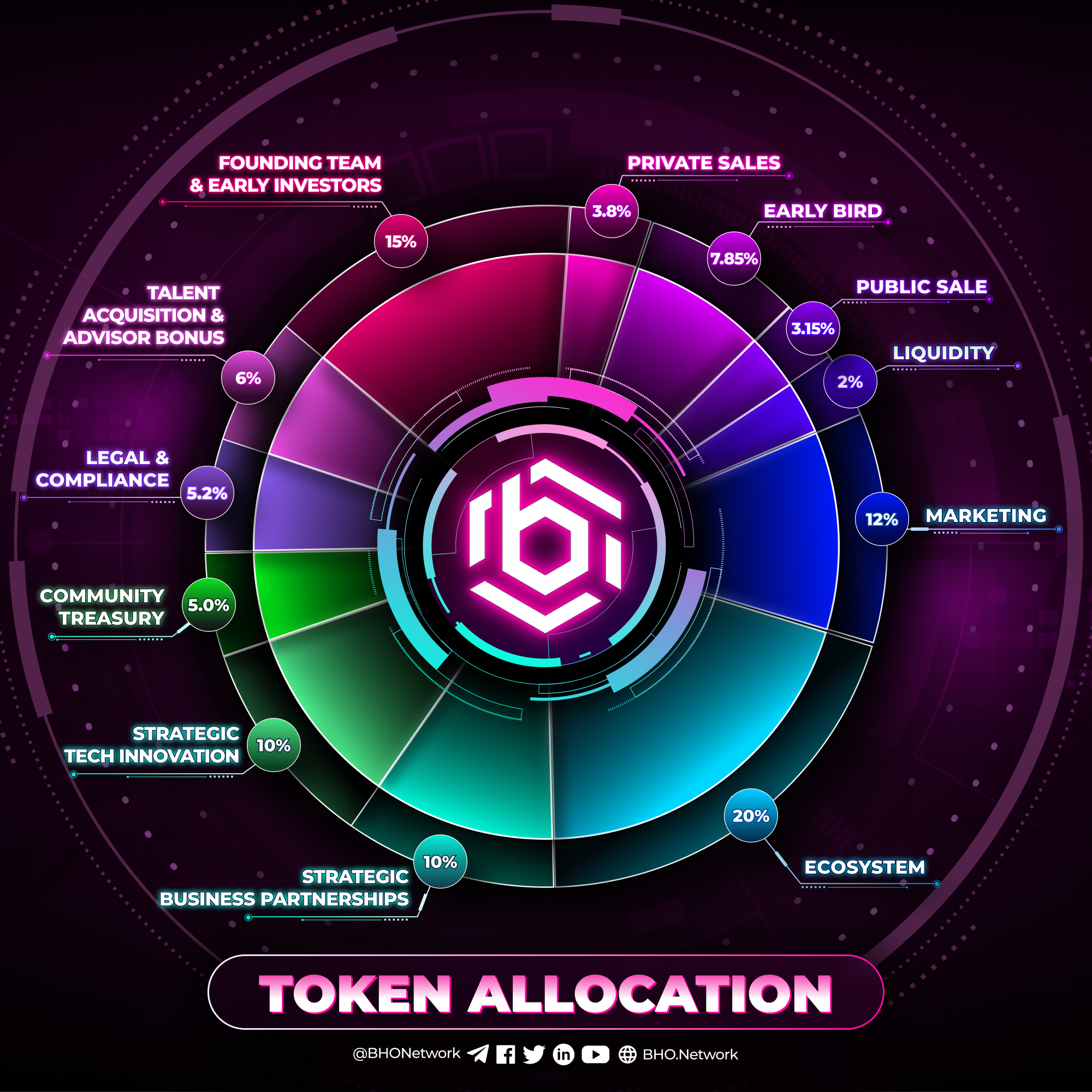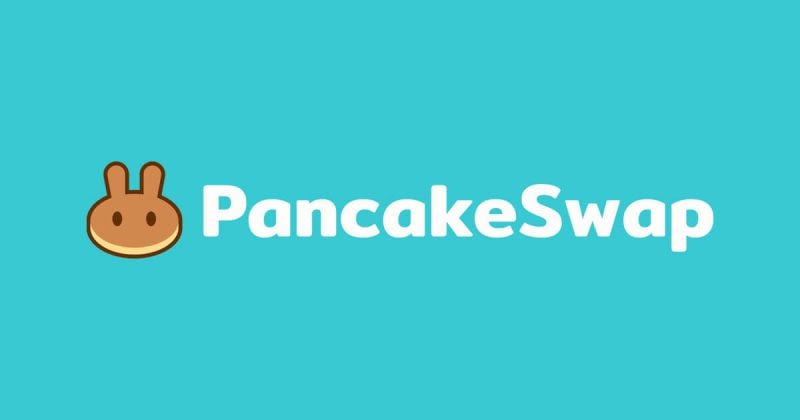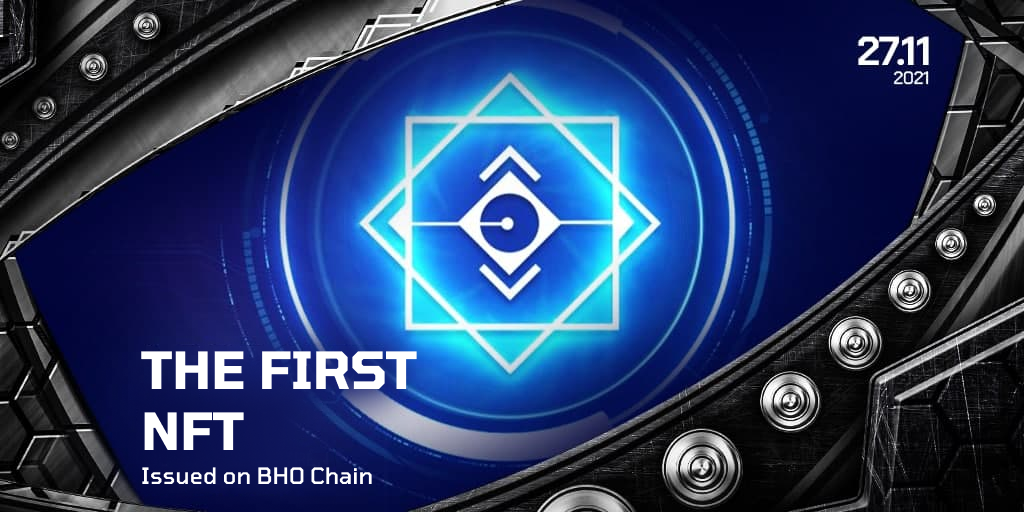KEY COMPONENTS OF A GOOD TOKENOMICS: UTILITY AND SUPPLY
Tokenomics is considered a key term in the cryptocurrency industry, representing a necessary element that can influence the fate of the tokens in a project. In this article, BHO Network will analyze the first two important components that projects need to consider when designing tokenomics.
Utility
Utility is arguably the most critical aspect in the tokenomics of a crypto project. Value doesn't stem from scarcity alone if the token has no real-world use. Even with a deflationary model, stable price mechanisms, fair distribution, and efficient decentralized on-chain governance, a token is worthless without practical applications. Like fiat money, its value is recognized only when used by citizens for daily transactions, investments, and other activities, explaining past central bank resistance to digital assets.
Therefore, cryptocurrency projects must develop useful applications for their digital assets that benefit the ecosystem and its participants. Common functions include earning opportunities through staking, mining, yield farming, revenue sharing, governance, exchange mediums within a platform or ecosystem, and collateral for other ecosystem assets (like stablecoins). For instance, ETH’s primary applications include transaction fee payments, and the deployment of decentralized applications and smart contracts, while Bitcoin is used as a store of value and medium of exchange.
Overall, a token’s application is responsible for generating demand, potentially increasing its digital asset value if the supply remains fixed or diminishes.
Supply and price stabilization mechanism
Supply and price stabilization mechanisms are another vital factor in cryptocurrency tokenomics. Crypto projects must manage their token supply carefully, as it directly influences the token’s price:
- If supply increases while demand stays constant, the token's price will likely decrease.
- Conversely, the token's price can rise if supply decreases with stable demand.
For profit-oriented projects, deflationary models can be implemented, like BNB's significant periodic token circulation reductions. Alternatively, inflationary models with decreasing inflation rates are employed, like Bitcoin's halving events every four years, culminating in a maximum supply of 21 million BTC by 2140.
Inflation or unlimited supply may be necessary for a token's core functions, depending on the project's nature and objectives. Despite ETH's unlimited supply, new Ethereum is mined to incentivize validators to maintain the ecosystem.
Cryptocurrency projects can control their token supply mainly in two ways:
- Establish or remove a maximum supply cap.
- Implement price stabilization mechanisms to remove coins from circulation (e.g., buy-backs and burns, or halving events like Bitcoin).
Investors should analyze the dynamics and mechanisms directly affecting a token's supply before investing. Some tokens may sustain long-term growth due to deflationary processes despite stable demand, while others may see strong demand but declining prices due to a supply increase that outpaces demand.
In conclusion, the essence of tokenomics lies in its ability to balance utility with supply mechanisms to shape a token's value and future. Utility creates demand and drives value, making it indispensable for a cryptocurrency's relevance and success. However, utility alone isn't enough; managing supply through deflationary or inflationary models is equally critical, directly affecting price stability and investment appeal. Strategic implementation of supply caps and stabilization tactics ensures that tokens can maintain or grow their value over time, underscoring the need for investors to thoroughly comprehend these dynamics. Ultimately, the interplay between utility and supply in tokenomics is what will determine the longevity and prosperity of a cryptocurrency project in this ever-evolving digital economy.
Published on November 10, 2023
Tagged topics






